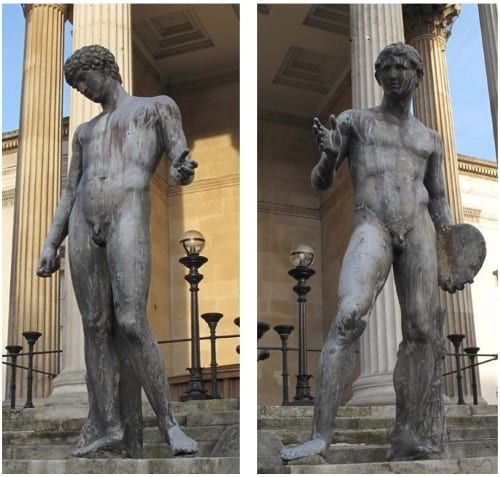Specimen of the Week 312: Hundreds of frogs’ legs
By Jack Ashby, on 13 October 2017
We have recently opened out biggest ever exhibition: The Museum of Ordinary Animals: The boring beasts that changed the world. It tells the stories of the mundane creatures in our everyday lives that have shaped our society, our science, our planet and even our own biology. If you haven’t seen it yet, you should. Don’t take my word for it though: it topped Time Out’s list of the best exhibitions in London this autumn*.
We didn’t struggle too much with the issue of what counts as an “Ordinary Animal” – they are the species we find on our streets, in our labs, on our laps and on our plates. The ones that are really a commonplace part of human society and human culture (and we had to take the main geographic focus as our own European perspective). The vast majority are domesticated, but others have become Ordinary simply because of the way we consider them. There was one species that did cause me trouble, and it’s this week’s Specimen of the Week: (more…)
 Close
Close



